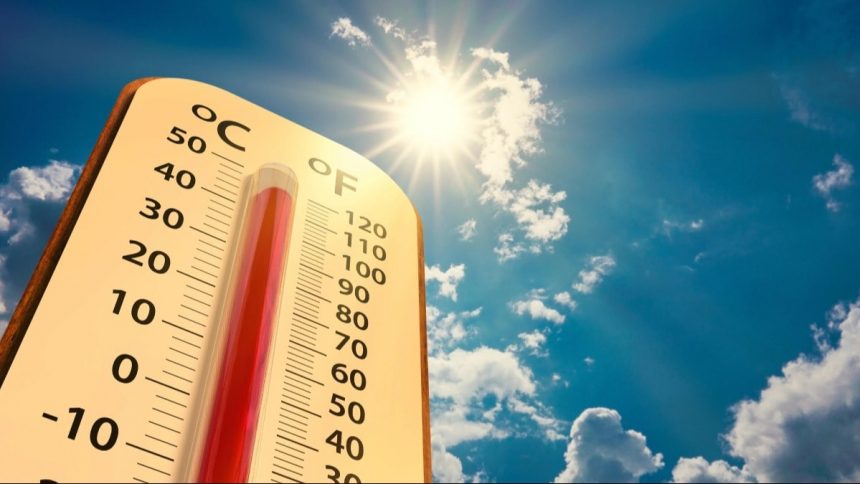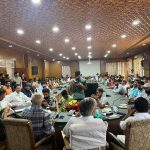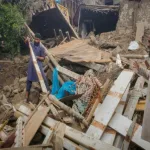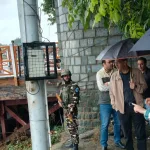Srinagar, July 05: Kashmir Valley is enduring an intense and unrelenting heatwave, with temperatures soaring to levels that have made life increasingly difficult for residents. On Saturday, Srinagar recorded a blistering 37.4°C, marking the hottest July day in the city since 1953.
According to the Meteorological Department, this temperature is the third-highest ever recorded in Srinagar since records began in 1892. The second-highest was 37.7°C on July 5, 1953, while the all-time high stands at 38.3°C, recorded on July 10, 1946.
Dr.Mukhtar Ahmad, Director of the Meteorological Centre, Srinagar, confirmed that Srinagar hit 37.4°C, making it the third-highest July temperature ever recorded in the city.
Other regions in Kashmir also saw extreme temperatures. Qazigund reached 34.6°C, just shy of its record 35.6°C set last year, while Kokernag recorded 34.0°C, matching its second-highest-ever July reading. Kupwara, which recorded 35.9°C, experienced its hottest day since July 2006.
According to MeT records, Kupwara in north Kashmir recorded 35.9°C, 4.8°C above normal, while Pahalgam’s 31.6°C was 5.4°C above average.
Qazigund reported a scorching 34.6°C (6.0°C above normal) with a minimum of 23.4°C. Even the usually pleasant Gulmarg recorded a high of 27.6°C, which is 5.8°C above the seasonal norm.
Kokernag was 6°C above normal at 34.0°C, while the evening humidity stood at 58%. Kupwara’s evening humidity dropped to 42%. These dips in humidity, coupled with soaring temperatures, led to stifling heat stress across much of the region.
The Jammu region also experienced elevated temperatures, although some areas saw slight relief due to cloud cover. Jammu city recorded 32.7°C, which was 2.7°C below normal, but high humidity made the weather feel more oppressive than it actually was. Katra, located at the foothills of the Trikutamountains, reported a muggy 29.0°C, with morning humidity at an overwhelming 95%.
The Meteorological Department has issued an advisory for July 6 to 8, forecasting generally cloudy weather with the possibility of intermittent light to moderate rain or thundershowers across many areas. Intense rainfall is expected in parts of the Jammu Division, especially during the late-night and early-morning hours. This weather will provide temporary relief from the heat but could also disrupt daily life. For July 9 and 10, the department predicts light to moderate rain or thundershowers across the Union Territory. However, this rainfall is expected to be less intense compared to earlier spells.
By July 11 and 12, the weather is likely to turn hot and humid again, with only brief spells of rain at scattered places. These conditions may cause discomfort due to rising temperatures and humidity levels, especially in the plains and low-lying regions.
In view of the expected rainfall, MeT department has issued an advisory warning of possible flash floods in vulnerable areas. There is also a risk of landslides, mudslides, and shooting stones along hilly roads and highways, particularly during the period of July 6 to 8. Water levels in rivers, streams, and local nallahas may rise, potentially causing waterlogging in low-lying areas.
The department had advised farmers to suspend irrigation and other agricultural activities during this period to prevent crop damage and ensure their safety. The authorities have urged the public to remain cautious and avoid travel in risky areas during intense weather spells.








